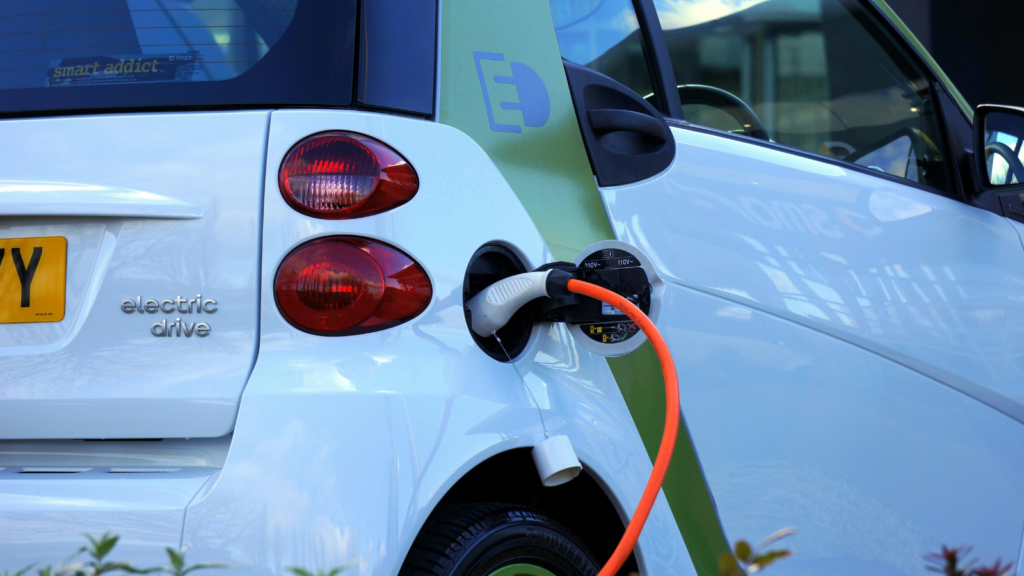As our planet continues to grapple with the effects of climate change, the shift towards sustainable transportation methods has never been more critical. It’s not just about reducing carbon footprints, it’s about creating a future where our travel doesn’t compromise the world’s wellbeing.
In this digital age, innovations are driving the charge towards greener alternatives, pushing boundaries and redefining what’s possible. From electric cars to bike-sharing programs, sustainable transportation is transforming the way we move, and it’s happening right now. Join us as we delve into the intriguing world of eco-friendly transit, exploring the sustainable transportation methods that are paving the way for a cleaner, greener future.
Sustainable Transportation Methods
Diving further into sustainable transportation methods, we’ll first grasp their meaning before tackling their significance.
Definition & a Importance of Sustainable Transportation

Sustainable transportation involves transit systems that aim to minimize ecological impact. It includes transportation methods employing renewable energy, such as electric vehicles, cycling, walking, or public transit options that reduce individual vehicle use. Consider the ripple effect where embracing sustainable transportation contributes to reducing CO2 emissions, leading the way for healthier, eco-friendlier cities and environments.
Acknowledging the importance of sustainable transportation can’t be overemphasized. It plays a vital role in mitigating climate change, reducing air pollution, conserving resources, and improving public health. Not only does it lower greenhouse gas emissions by decreasing dependency on fossil fuels, sustainable transportation also fosters healthier communities by encouraging active forms of travel like walking and cycling. This, in turn, bolsters public health by reducing the risk of obesity and other related health conditions.
Different Types of Sustainable Transportation Methods
Eco-friendly Cars
Known for their minimal environmental impact, eco-friendly cars serve as a viable transportation option. Opting for electric vehicles or hybrid models, individuals lower their ecological footprint. Companies like Tesla and Chevrolet contribute significantly by producing electric cars such as the Tesla Model 3 and the Chevrolet Bolt EV. These models exemplify successful attempts to couple technology with sustainability, offering impressive features, including substantial mileage per charge and zero emissions.
Electric Bicycles and Scooters
In the quest for sustainable transportation, electric bicycles and scooters stand out as compact, energy-efficient options. These devices afford significant benefits for users and the environment alike.
Advantages of Electric Bicycles and Scooters

Electric Bicycles and scooters offer practical means of transport, cutting down commuting time. They’re equipped with rechargeable batteries, making them greener alternatives to fuel-driven vehicles, reducing carbon footprints drastically. Lightweight nature makes them easy to maneuver in traffic congested areas. Additionally, they also promote physical wellness as they require pedaling, at least periodically, encouraging active lifestyle among users. Eco Machine research suggests that electric bikes and scooters emit 65% less CO2 per passenger per kilometer than cars, strengthening the case for their adoption for a sustainable future.
Public Transportation Systems
The Role of Public Transportation in Sustainable Mobility

Evident in cities across the globe, public transportation is a key player in sustainable mobility. As an alternative to individual car use, it helps curb the volume of CO2 emissions and fosters eco-friendly communities. For instance, buses, trams, & subways taken by hundreds of passengers simultaneously significantly decrease carbon emissions per person compared to solo commuting in private cars. Plus, thoughtfully planned public transit systems encourage walkable city layouts, thereby promoting physical activity and reducing the dependency on energy-rich individual cars. In brief, public transportation’s role lies in making transportation less energy-intensive and more environment-friendly, making it a cornerstone in fostering sustainable mobility.
The Digital Age
Embracing sustainable transportation methods isn’t just a trend, it’s a necessity. The shift to electric vehicles, cycling, and public transit has proven to be a powerful solution for reducing carbon footprints and building healthier, more eco-friendly cities. It’s clear that these systems not only decrease CO2 emissions but also significantly improve air quality, combating harmful conditions like asthma and respiratory diseases. As we move forward, let’s continue to promote and invest in these sustainable transportation methods. After all, it’s not just about getting from point A to B, it’s about making sure our journey doesn’t cost the earth. So let’s keep pedaling, charging, and riding towards a greener future.

